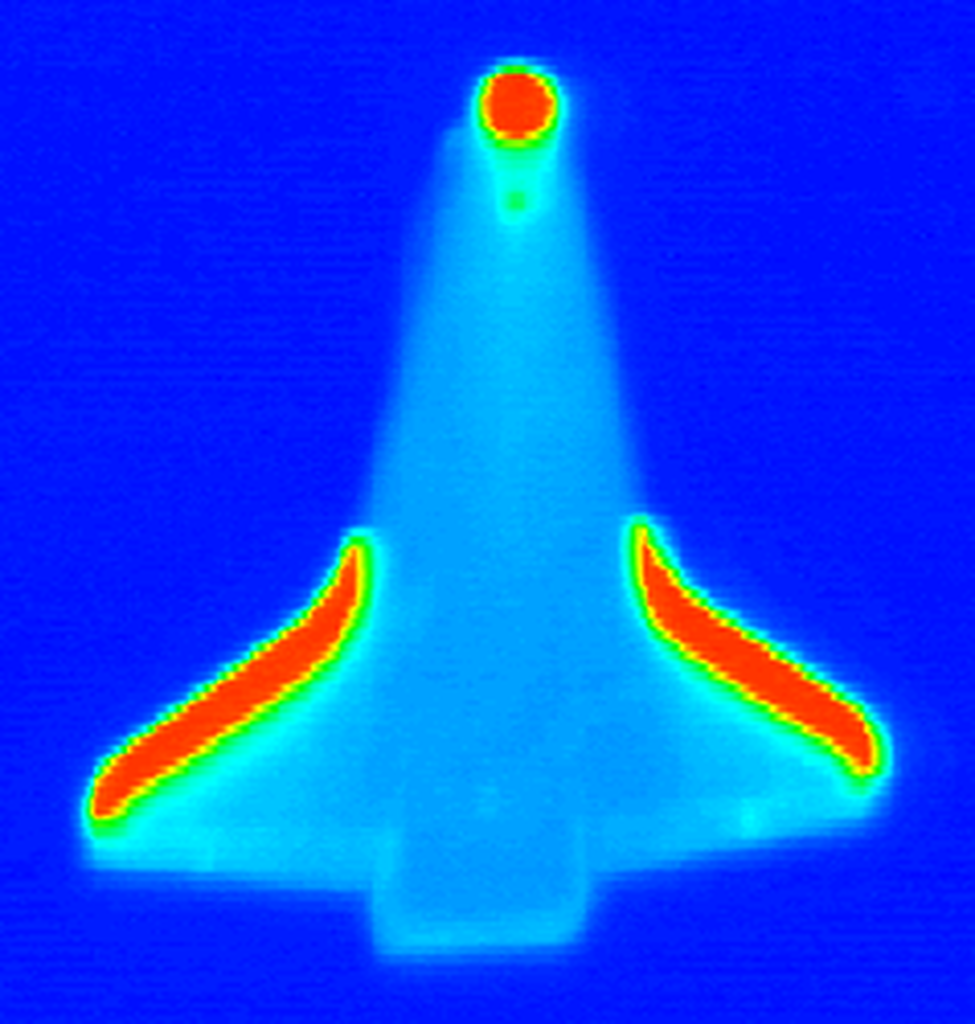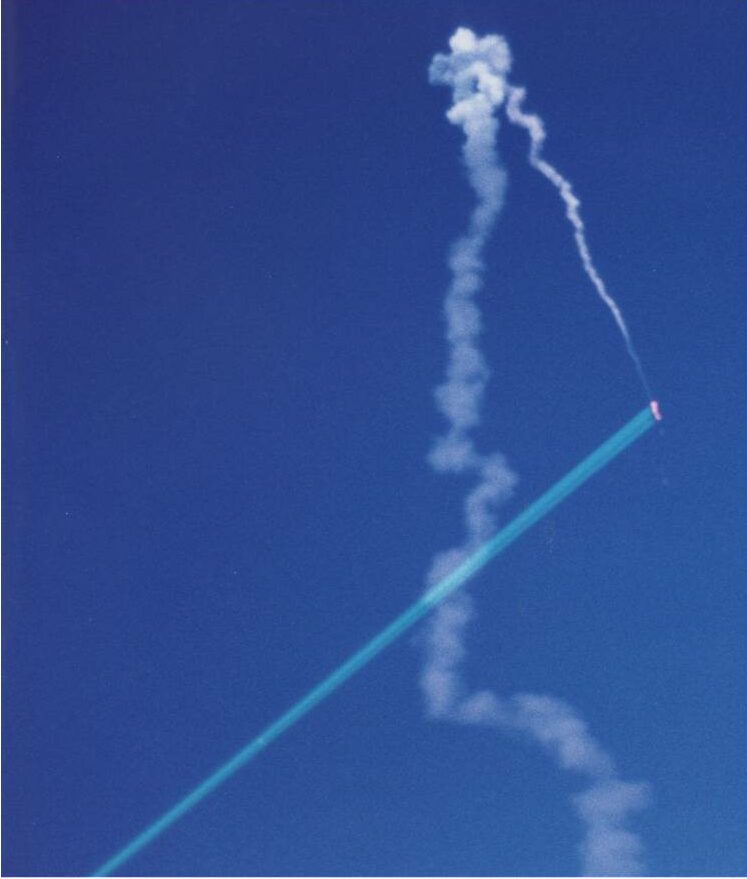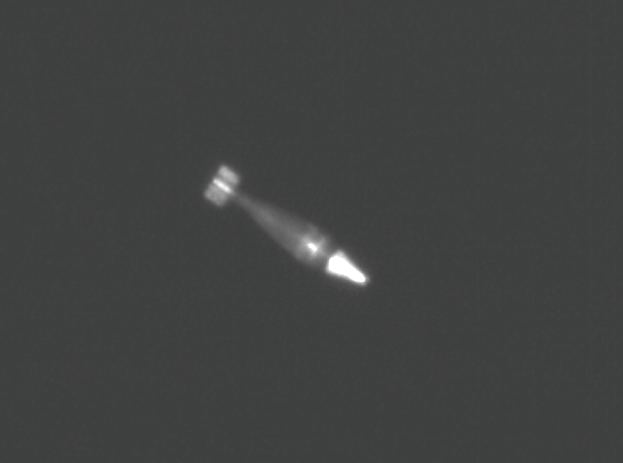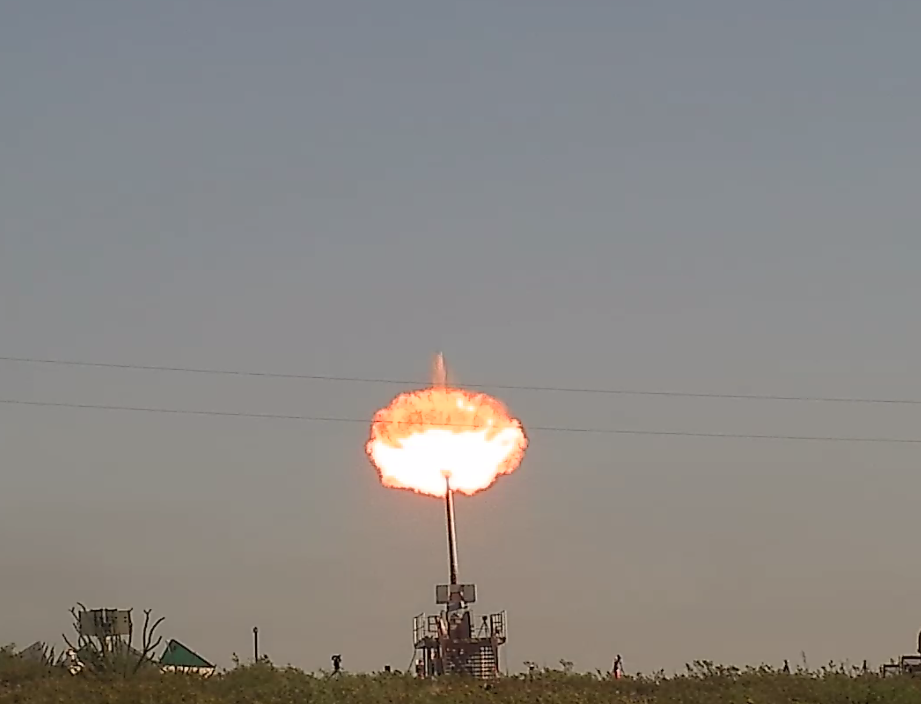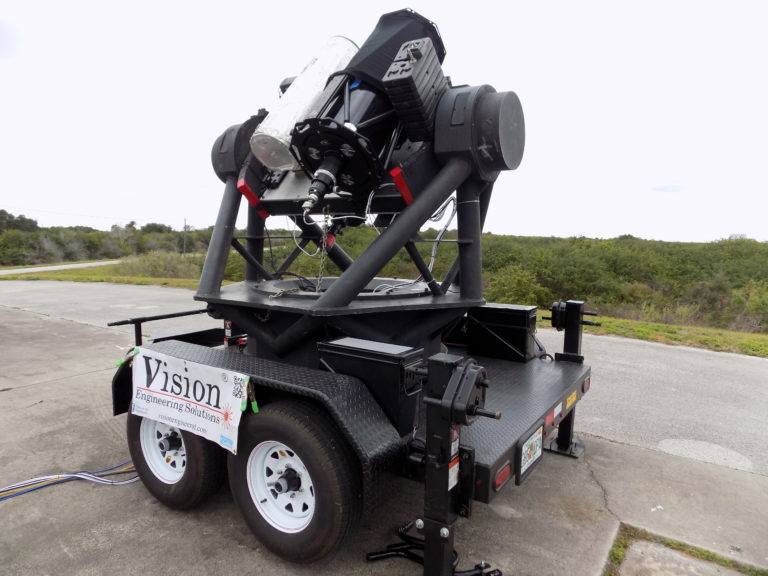Resources and Media
Product Videos, Images, & Data Sheets
PDF Downloads
Product & Info Sheets
- VES Software Precision Mount Control System
- VES Software Digital Video Recorder System
- VES Software Digital Video Player System
- Vision Engineering Clear 2 Fire Software
Do you need more information? Email us at elogue@vision.engineering, and we will be happy to tell you more about options for customized licenses of our intellectual property.
